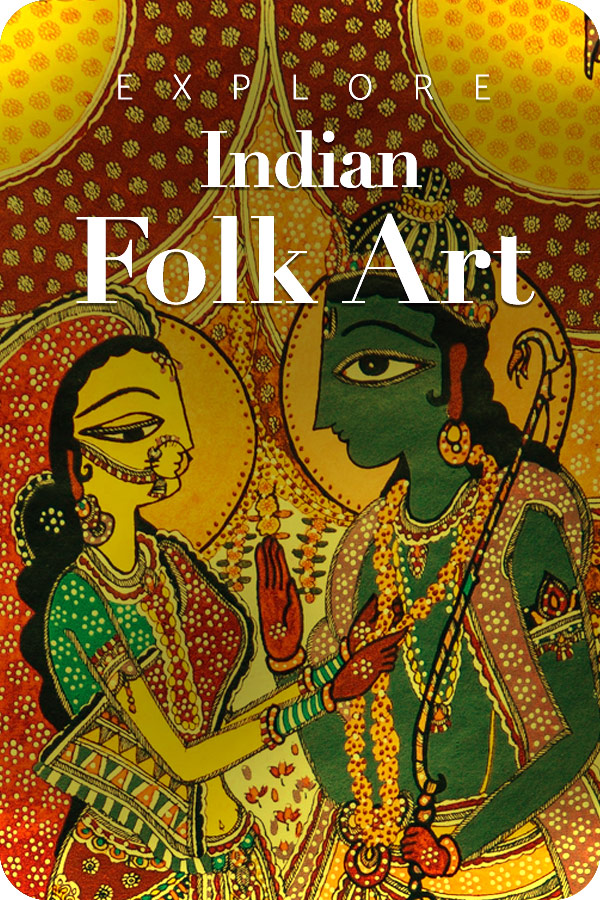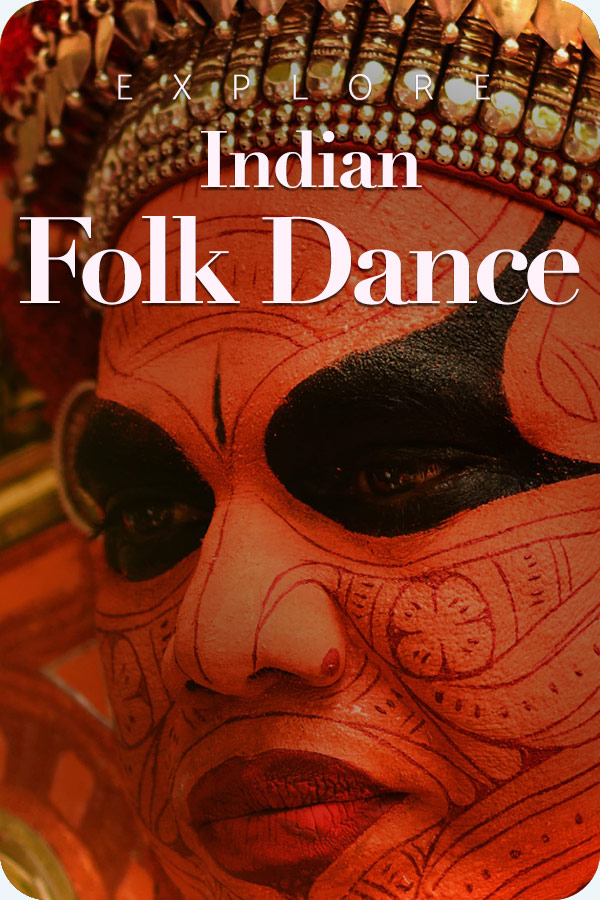
What is nationalism? The definition of nationalism states, it is the ‘identification with one’s own nation and support for its interests, especially to the exclusion or detriment of the interests of other nations.’ Thus, nationalism is an emotion and concept that stems from patriotism and love for one’s motherland or country. Every citizen feels a sense of belonging to his or her nation. Call it pride or national identity, nationalism is both an individual and collective idea. Since nationalism is a core concept, it is best manifested through symbols. India, too has several symbols of nationalism that act as a basis of identity, value and purpose of the nation.
The Meaning of Nationalism

Nationalism quite practically implies that every country should govern itself. And it must be free of any outside interference. The idea does have two sides, though. On one hand, nationalism evokes the feeling of pride for the nation. Citizens with strong feelings and connections towards their country, ensure that their nation is protected and progresses. It leads to a positive enforcement driven by the desire to truly work together as citizens of the country for its development and growth.
However, on the other hand, extreme nationalism can lead to discrimination. Nationalism in essence may also imply a sense of superiority. It may lead to citizens becoming disdainful towards people and value systems of other nations. Hence, though the idea can bind the people of a single nation together, it must be used cautiously and sensibly.
Indian Nationalism

Indian nationalism is an example of territorial nationalism. It brings together the people of this country together, irrespective of their gender, caste, class, linguistic, religion and more. Indian nationalism can be traced to ancient India; however, it truly came into being during the Indian Independence Movement. For instance, King Bharata or the Mauryan Empire did unite the region that roughly comprises the Indian territory today. But the sentiments of nationalism rose as a result of anti-colonial movements.
Several movements, such as the Swadeshi Movement and Civil Disobedience Movement, or ideas of Satyagraha, Non-cooperation etc. are shining symbols of Indian nationalism. Similarly, not only movements or ideas, but particular objects can also become national symbols. The Khadi, for instance, became a symbol of nationalism in the Indian freedom struggle. Artistic representations, such as the Bharat Mata painting by Abindranath Tagore or Bapuji (Dandi March) by Nandlal Bose are also not less than national symbols.
Symbols of Nationalism
The best way to tangibly and explicitly express nationalism is through symbols. India has 17 national symbols. Each of these symbols have played an important role at different points in history to unite the people of India. Additionally, national symbols cut across individual or regional divides. They represent common ideologies and values that transcend individual differences and diversity. Here is a list of the 17 national symbols of India.
- National Flag
- National Anthem
- National Song
- National Emblem
- National Animal
- National Bird
- National Tree
- National Calendar
- National River
- National Fruit
- National Vegetable
- National Flower
- National Reptile
- National Currency
- National Aquatic Animal
- National Heritage Animal
- Oath of Allegiance
1. National Flag

The National Flag was adopted by the Constituent Assembly in July 1947. It was designed by Pingali Venkayya. The saffron color implies courage and strength, green signifies prosperity and growth. White is the color of peace, whereas, the Dharma or Ashoka Chakra in the center means truth. The flag was influenced by the Swaraj Flag designed by Mahatma Gandhi in 1921.
2. National Anthem and Song

Rabindranath Tagore wrote the national anthem, Jana Gana Mana. Originally, the composition was called Bharoto Bhagyo Bidhata, whose first stanza was adopted by the Constituent Assembly as the National Anthem in January 1950.
The National Song Vande Mataram was written by Bankim Chandra Chatterjee. The song was first sung by Rabindranath Tagore at a session of the Indian National Congress. It was adopted as the National Song by the Constituent Assembly in January 1950.
3. National Emblem

The National Emblem was adopted on the 26th January 1950. Adapted from the Lion Capital of Ashoka at Sarnath the motto reads – Satyameva Jayate. The Emblem is a symbol of power, confidence and courage, with the Dharma Chakra at the center.
4. National Animal/Bird/Aquatic Animal/Reptile/Heritage Animal

The Tiger is the National Animal and was adopted in 1973 because of the lessening population of the tigers in India. The Lion was India’s national animal before the Tiger. The Peacock was adopted as the National Bird in 1963. The indigenous bird symbolizes the beauty of different colors or people of the country. The Dolphin is the National Aquatic Animal of India and is found in the Ganga, Chambal, Yamuna and Brahmaputra rivers.
The King Cobra is the National Reptile and in Hindu culture it is known as Naga. It is believed to have divine influence as Lord Shiva often has a cobra wrapped around his neck.
The National Heritage Animal is the grand Indian Elephant. An original native of Asia, the Indian Elephant is an endangered species.
5. National Flower/Fruit/Tree

The Lotus is the National Flower of India. Viewed as a sacred flower, it symbolizes spirituality, purity, knowledge, illumination and more.
The Banyan is the National Tree of India and is often referred to as the Kalpa Vriksha or Tree of Wish Fulfillment. The Mango is the National Fruit and symbolizes prosperity and abundance.
6. National River

The Ganga also known as the Bhagirathi River is the National River of India. It originates at the Gangotri Glacier and is a sacred river according to Hindus. Also, the Ganga is the longest river flowing in the country.
7. Oath of Allegiance

The Oath of Allegiance or the National Pledge is an oath that is memorized and understood by all citizens of the country. The pledge was first written by Pydimarri Venkata Subba Rao.
Role of National Symbols
National symbols are identity markers. They represent the Indian culture, heritage and belief system of a nation. However, because India is such a vast nation and is a heady mix of different regions and cultures, making and maintaining national symbols are important.
Firstly, they act as a unifying element that brings all the people together on a common denominator. For instance, the National Anthem and Song, though written in Sanskrit, touches a chord, even for citizens who may not understand each word of it. Just singing them swells our chests with pride and instills a deep love for the land we call home and our motherland.

Secondly, the national symbols are also a representation of the most ubiquitous and indigenous features. The national fruit for instance, the mango, is one of the most loved fruits in the country. Similarly, the animals or peacock, are an integral part of the country’s ecosystem.
Thirdly, the national symbols raise awareness about pressing issues. The number of tigers saw a gradual decline over the years. Making it a symbol, brought attention to the issue and became a contributing factor in the current rise in the number of tigers in India.
Lastly, the national symbols are also interwoven in the cultural fabric of the country. The lotus, banyan tree or River Ganges are also symbols of spirituality. Each design of the National Emblem is fraught with meaning and significance. Thus, the national symbols are also holders of what Indians value and believe in the most.
Summary
There is no doubt that symbols of nationalism in India invoke pride, unity and patriotism. Not just the listed national symbols, but any manifestation that brings its citizens together and unites them for a common cause that guides the nation towards progress and equality is a national symbol. However, the key is to understand that nationalism shouldn’t encroach upon basic individual rights. A just and fair assessment that is inclusive is vital for national symbols to truly mean what they set out to achieve. And this is most fundamental, for India, because it is a country that is home to people of different regions, languages, religions, castes, creeds, gender and more. Hence, finding common symbols should not be the ultimate aim of building a nation. The symbols are faces of national pride. But they shouldn’t be taken for granted or assume supremacy over the other many intrinsic social and cultural symbols that also are icons of nationalism, in their own right.







